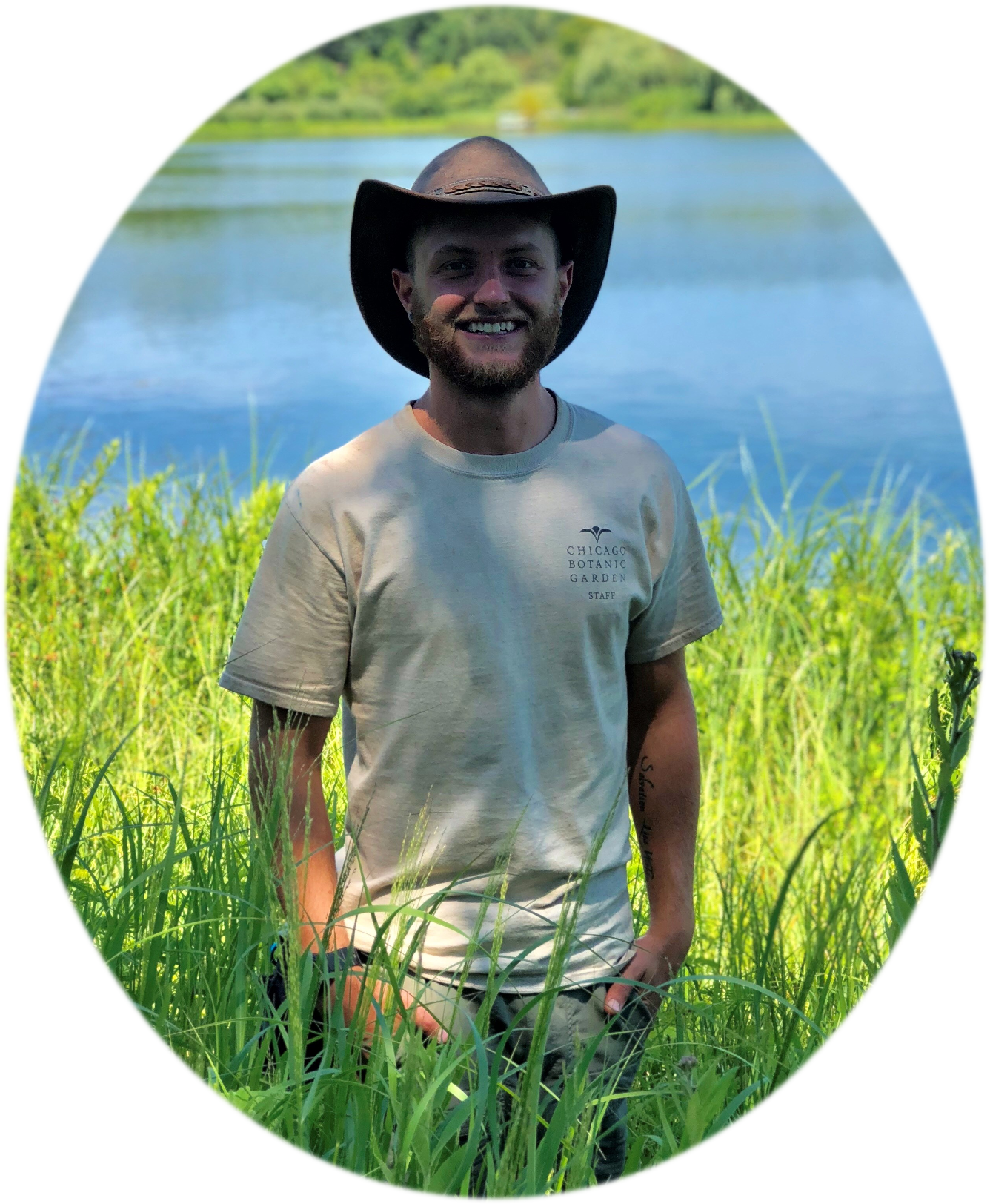

Dillon Epping currently works for the Chicago Botanic Garden, in the Aquatic Ecology Department. He gradutated with a degree in Water Resources in 2015, from the University of Wisconsin-Stevens Point. He studied wetland and lake ecology extensively, with an emphasis on aquatic vascular plants.
He recently received a graduate certificate in geographic information systems (GIS) from Northeastern Illinois University. He hopes to continue working in the field of ecology, land/water conservation and cartography.